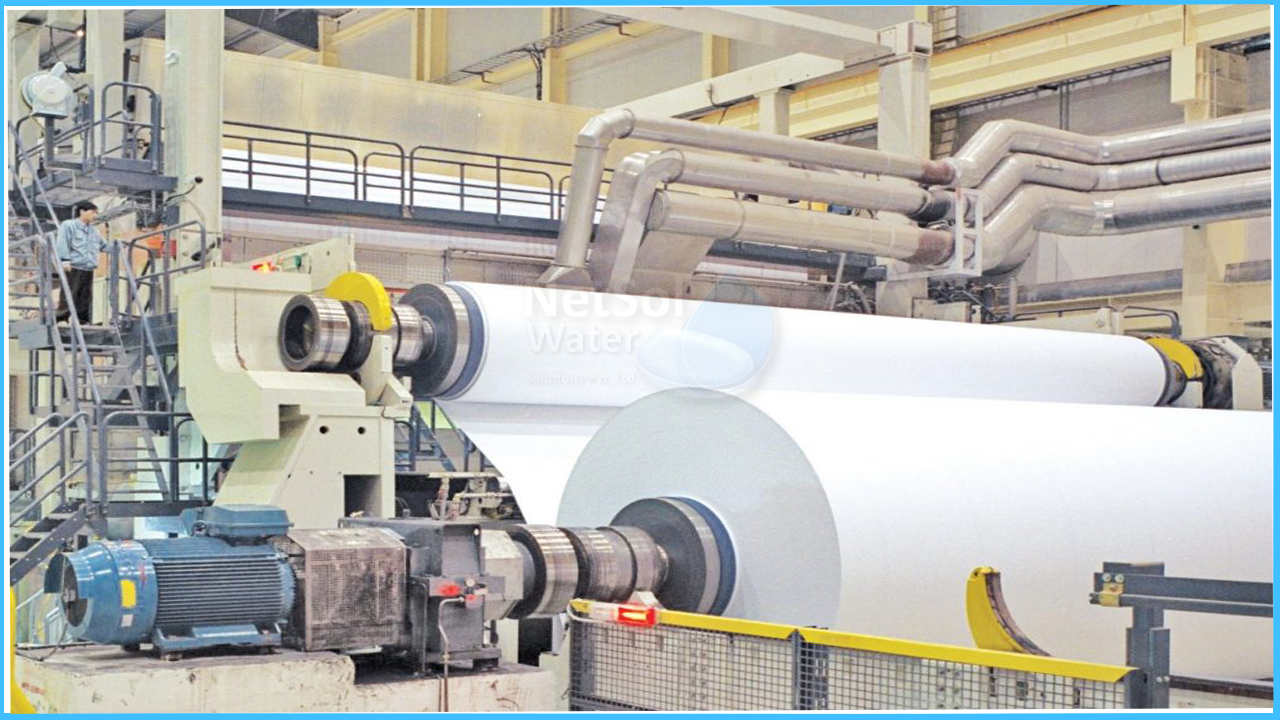The world's growing water shortage, combined with rising standards for both municipal and industrial wastewater treatment quality, has necessitated the development of new and improved wastewater treatment technology. Membrane bioreactor (MBR) technology, which combines conventional biotreatment and membrane filtration, is one of the emerging technologies that has gotten a lot of attention. Compared to the generally used conventional activated sludge (CAS) technology, MBR technology provides for a longer sludge age, a shorter hydraulic retention time, and a greater biomass content.
- 1. PULPING WITH CHEMICALS
Wood chips and cooking liquor are cooked at an elevated temperature in a pressure vessel in the chemical manufacturing of pulp. The type of cooking liquid used impacts the pulp's characteristics, among other factors. The alkaline kraft process and the acidic sulphite process are the two most popular treatments.
- 2. MECHANICAL PULP
Decomposing wood and mechanically processing fibers can also be used to make pulp. It is an energy-intensive process with the benefit of turning up to 96 percent of the wood material into pulp, which contains a significant quantity of lignin. Mechanical pulp, on the other hand, is of inferior quality and has a deeper color than chemical pulp.
- 3. RECYCLED PULP
Pulp can also be manufactured from recycled papers that have been pulped and deinked before being used. Because the fibers in recycled pulp are not as strong as those in new pulp, they are usually utilized to make cardboard and corrugated paper.
- 4. PULP BLEACHING
When chemical pulp is made, a considerable amount of the original lignin in the wood chips is eliminated. The lignin level of the pulp, on the other hand, is still around 3–5%. Because residual lignin gives the pulp its color, bleaching is frequently used to minimize its content. The addition of oxygen is used in the first phase of bleaching, followed by the use of chemicals such as chlorine dioxide, chelating agents, peroxides, and/or ozone in various combinations until the required ISO value is reached.
Wastewater from pulp and paper manufacturing
Process water is the most common application of the water removed for use in the pulp and paper industry. Cooking and bleaching are the most water-intensive operations because raw materials, by-products, and residues contaminate the water. Pulping is the most polluting step in the papermaking process, and it generates effluent at every stage. Pulping generates effluent including wood debris and soluble wood components, whereas bleaching produces hazardous chemicals in general. Spill water can happen within and between production phases, but it isn't treated the same way as regular outflow.
Water quality parameters
For the monitoring of wastewater quality several parameters are taken into account. The most important parameters for pulp and paper process wastewater are solids, organic matter, chlorinated organic matter, chlorate and nutrient content. Other wastewater parameters, such as pH, alkalinity and temperature are also important.
The full wastewater treatment solution, which includes the fundamental core technologies of a membrane bioreactor with integrated ultrafiltration and a downstream reverse osmosis plant, is a first in the paper industry. The approach allows for the most efficient use of resources while also protecting the environment.




